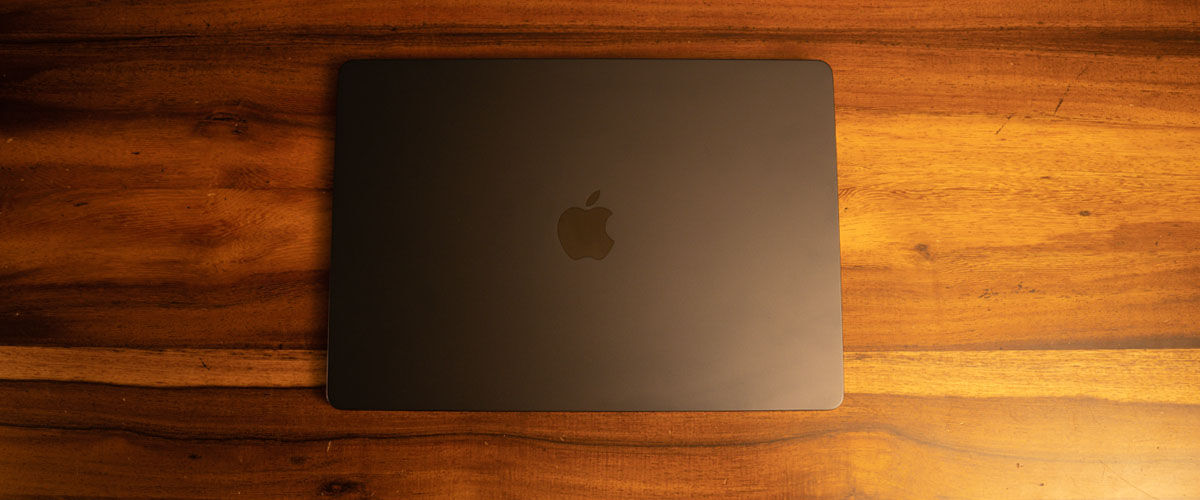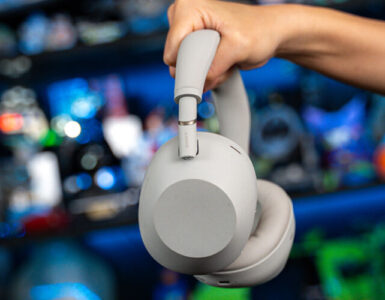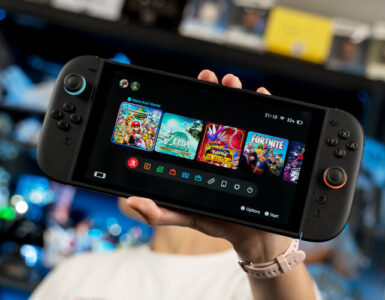It has been the most notable absence in Apple’s current laptop line-up, or, if you prefer, the one size missing from the company’s series of devices, but the MacBook Air 15 has finally made its debut and you can now own the world’s thinnest and lightest laptop in all of its massive 15-inch glory.
Regarded for its solid construction, and since 2020, for its amazing performance and battery life under Apple Silicon, the MBA series has long been a coveted performer for everyday users not looking to splurge on the higher-end MacBook Pro (MBP) performance machines, but also want something more than just the iPad Pro tablets.
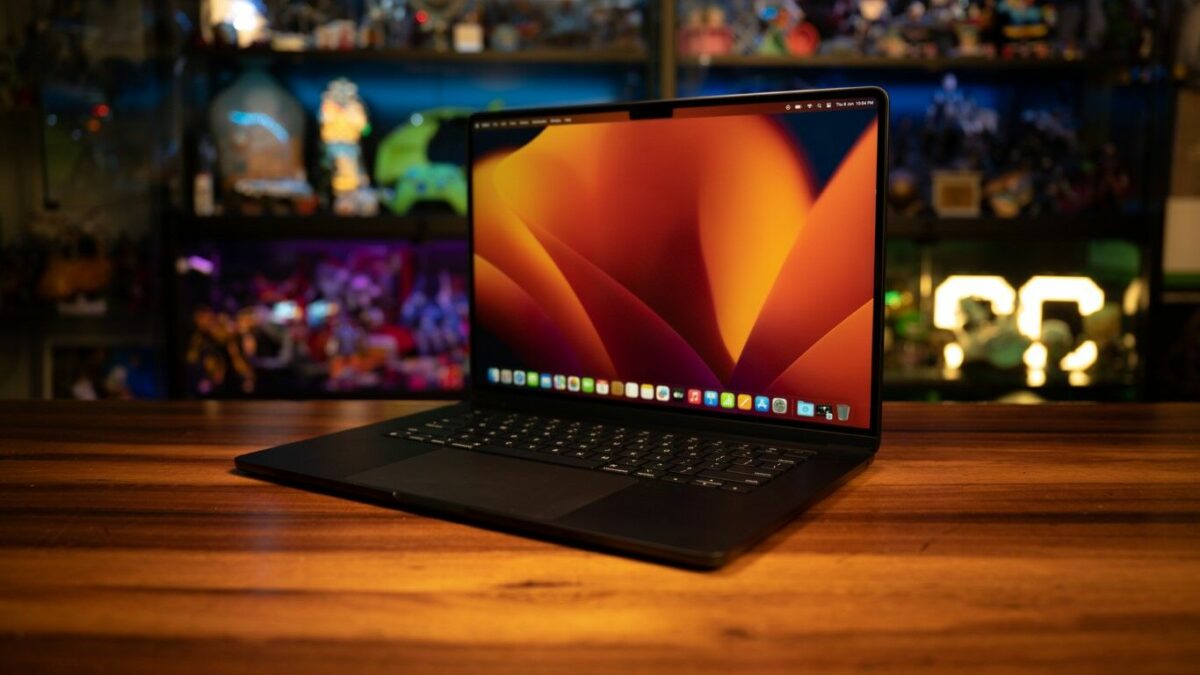
While 13-inch devices have long been the norm for ultraportables, size does matter and the MBA 15 fits the gap between the 13-inch MBA and 14-inch MBP, and 16-inch MBP. And why not? Real estate is important for those looking for a device that can juggle work and entertainment and now with Apple’s souped-up M2 chip, here’s a device that can still deliver superb performance at under 1.51kg (for the base model), in a chassis that measures 34.04 by 23.76cm, and a mere thickness of just 1.15cm.
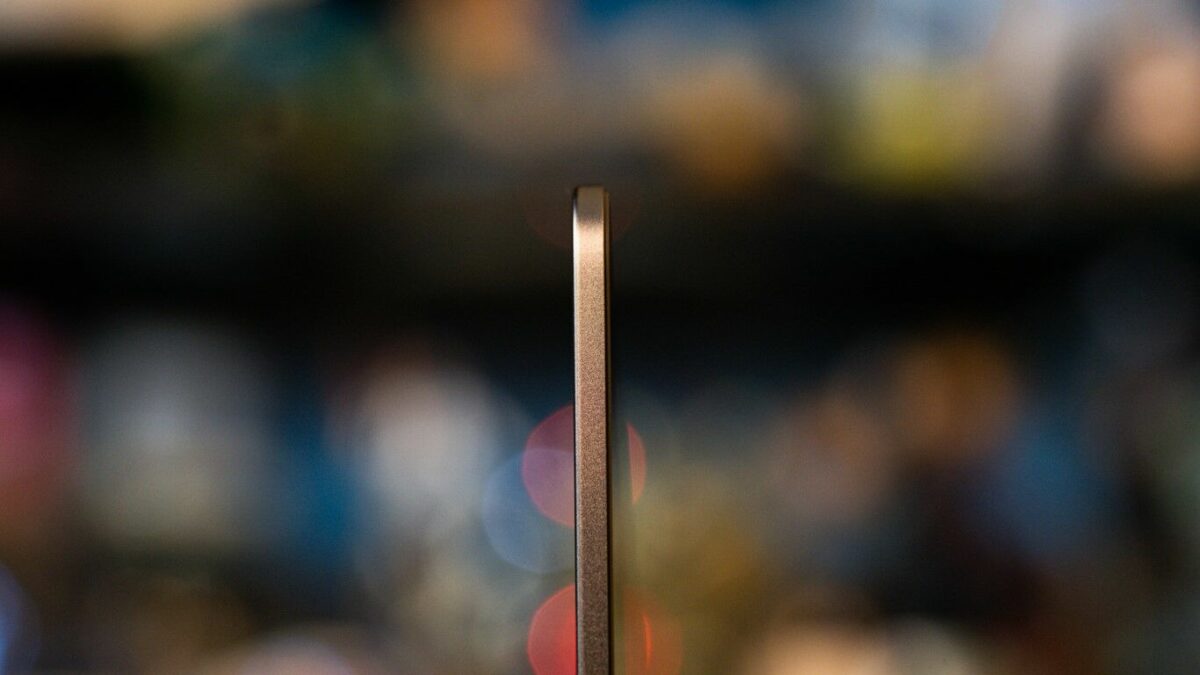
That said, much of the internals between the MBA 13 and 15 are pretty much the same, so you’re effectively just buying into a larger machine, but where space is a luxury, there’s no denying the sheer joy of carrying one around, and firing it up. From opening multiple windows, to juggling several concurrent apps, it’s not just about smooth performance, but that you can move things and place them around, without worrying about fitting everything in that limited space. You can also sit back more, and not have to lean forward to read off the screen, which is great for adults not looking to strain their eyes.
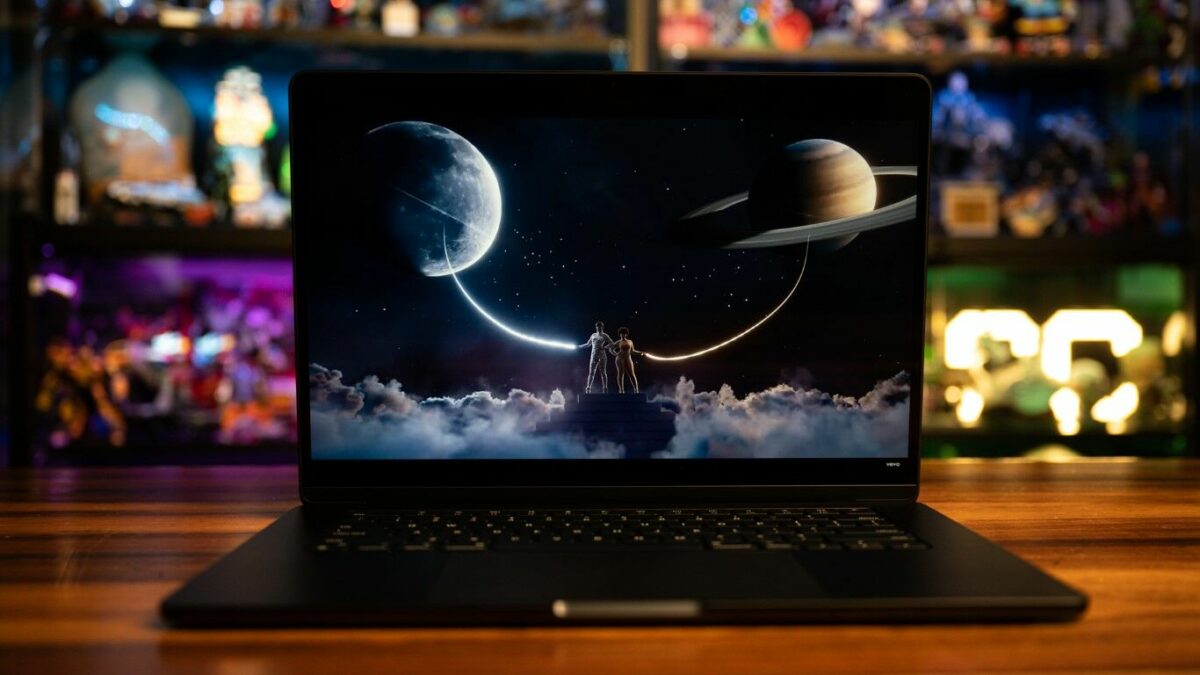
Compared to the relatively hefty 2.15kg of the MBP 16, the MBA 15 is only slightly heavier than the MBA 13 (1.24kg), but offers so much more in terms of screen size. Pop-ups from Telegram or notifications from Epic Games don’t clutter the screen, and the only noticeable irregularity is the small notch at the top middle portion of the screen, where the 1080p camera sits. Design-wise, the MBA 15 doesn’t deviate much from the MBA 13, offering the same flat build surrounded by the now standard aluminum unibody frame that has come to define the line-up.

On the left of the unit sits the standard MagSafe 3 charging port, as well as two Thunderbolt/USB 4 ports, with the 3.5mm headphone jack located on the right. It certainly would help to have a third Thunderbolt port on the MBA 15, though its use would be limited as like the 13-inch model, the 15 still only supports one external display with up to 6K resolution at 60Hz. Configurable with up to 24GB of unified memory (8GB for the base model) and up to 2TB of storage (256GB for the base model), the second biggest consideration is Apple’s new M2 Silicon chip which has, in less than three years, set a new standard for laptop performance.
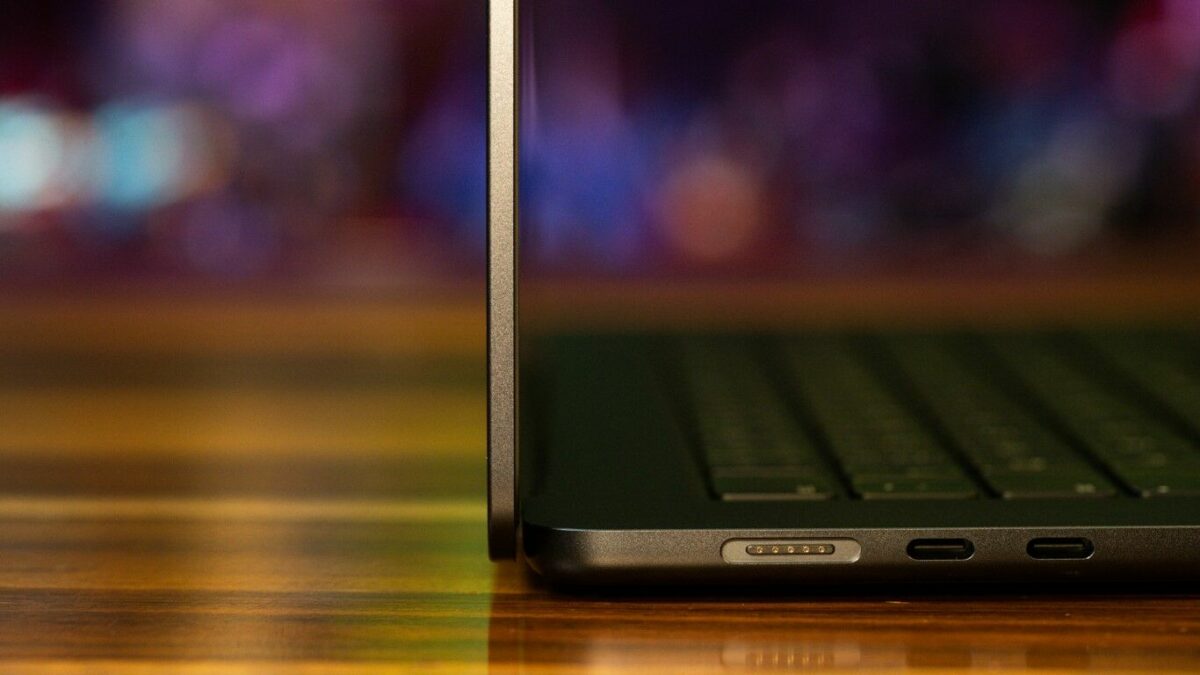
Despite its petite, fan-less frame, the MBA 15 is capable of video and photo editing, whether you’re using the standard iMovie app, or the more professional Final Cut Pro or Adobe Premiere. Granted, multi-stream 4K support won’t be as smooth as editing on the MBP, but try doing the same on a Windows-based ultraportable.
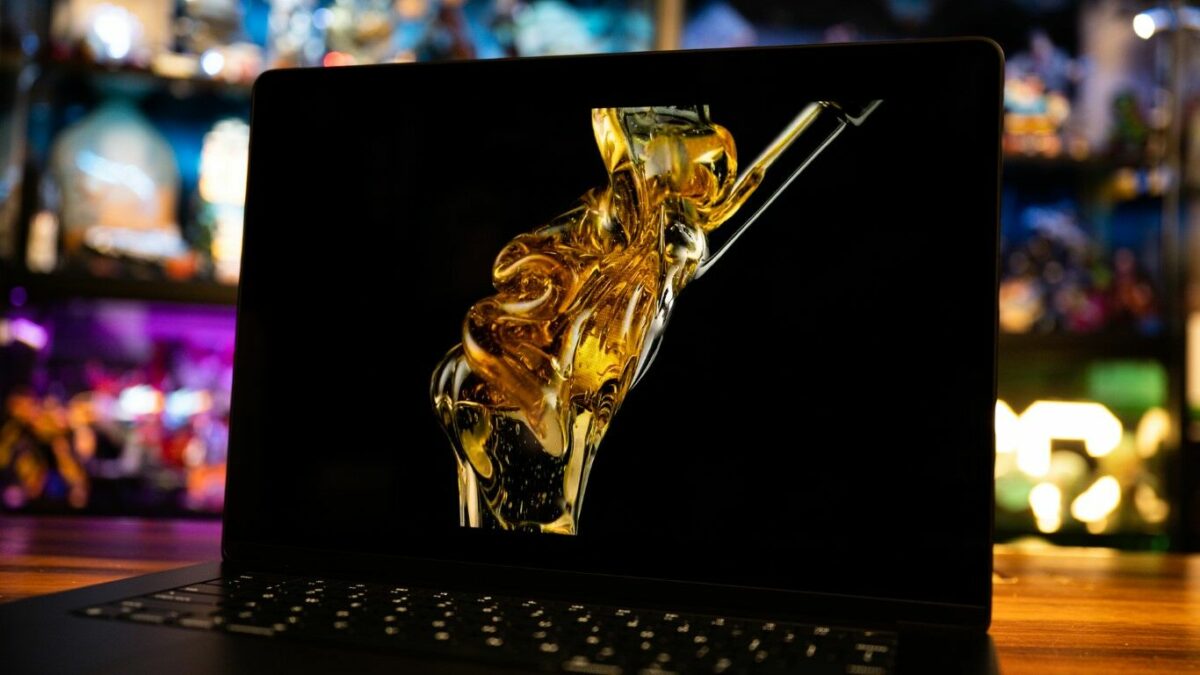
Adding to the performance is its extended battery life, of up to 18 hours of normal use. Having been spoiled by the long-lasting battery on the MBA 13 (M2) and MBP 16 (M1 Max), the battery here doesn’t disappoint, with about 16 hours of use, which is more than enough for two days of use. From watching streaming content on the vibrant 15.3-inch LED-backlit Liquid Retina display at 2880 x 1864 pixel resolution that offers 224 pixels per inch sharpness, to playing games (albeit limited in options) on Steam or Epic Games, the MBA 15 handles content beautifully.
One notable absence is the audio grills that flank the keyboard of the MBP 16. With Apple’s keyboards remaining the same in size across all its laptops, there is a sizable space between the edge of the keyboard and frame on either side to house a speaker under the perforated frame, but Apple has opted not to place the same on the MBA 15. Instead, audio emits from the new six-speaker sound system (four on the MBA 13) located on the rear and side of the laptop’s frame, seemingly directing audio upwards via the open screen. Performance-wise, there’s a body to the music, with robust beats for music and sharp tones when watching regular TV shows. It’s not the same as the upward-firing speakers on the MBP 16, but a few things are and we are talking about a S$1,899 machine versus a S$2,499 machine.
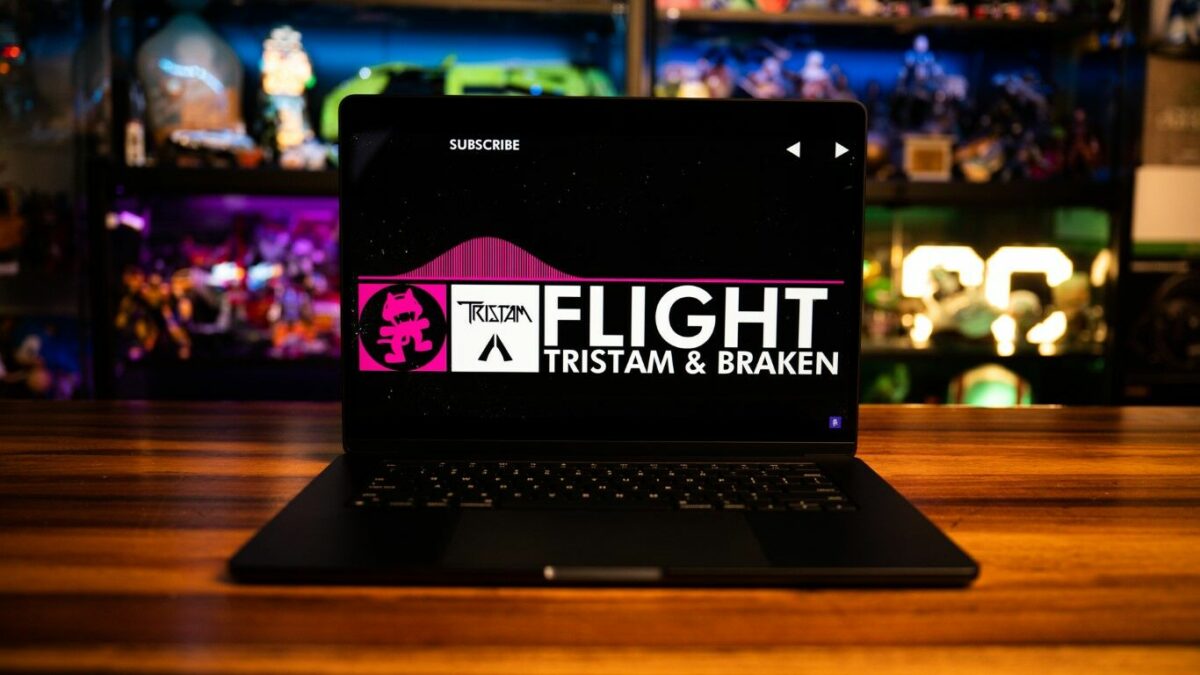
For benchmarks, the MBA 15 generated a 1921 single-core and 8951 multi-core score on the Geekbench 5 test, matching the 1895 single-core performance and multi-core score of 8808 of the MBA 13 of last year. Yes, it’s also a sign that the M2 chip is about a year old, but these specs on the review unit, of 16GB RAM and 1TB of hard drive, are more than what normal users would need out of a laptop. Heat is also not an issue and after leaving the machine on for several hours, playing video, and running some games, the MBA 15 feels relatively cooler to the touch, possibly due to the larger space on the inside that doesn’t pack the hardware, and the heat, that closely together.
For those looking to fast charge their machine, do note that the bundled 35W Dual USB-C Port Power Adapter won’t be able to support it, and you will need to opt for the single port 70W Power Adapter provided at no extra charge, for the magic to happen. Having used more powerful chargers in the last year, having one makes a difference, especially if you’re out of juice and want a quick pick me up on the MBA 15 while you take a quick shower before heading out with the laptop. That said, if you’re fine with charging things overnight, and want the spare port for your iPhone or iPad, stick with the 35W.
Summary
At just $300 more than the MBA 13, the MBA 15 proves that bigger is way better, with more real estate, more powerful audio with a screen that doesn’t strain the eyes after extended use.
Overall
9.2/10
-
Aesthetics - 8.5/10
8.5/10
-
Build Quality - 9/10
9/10
-
Performance - 9/10
9/10
-
Value - 9.5/10
9.5/10
-
Geek Satisfaction - 10/10
10/10

